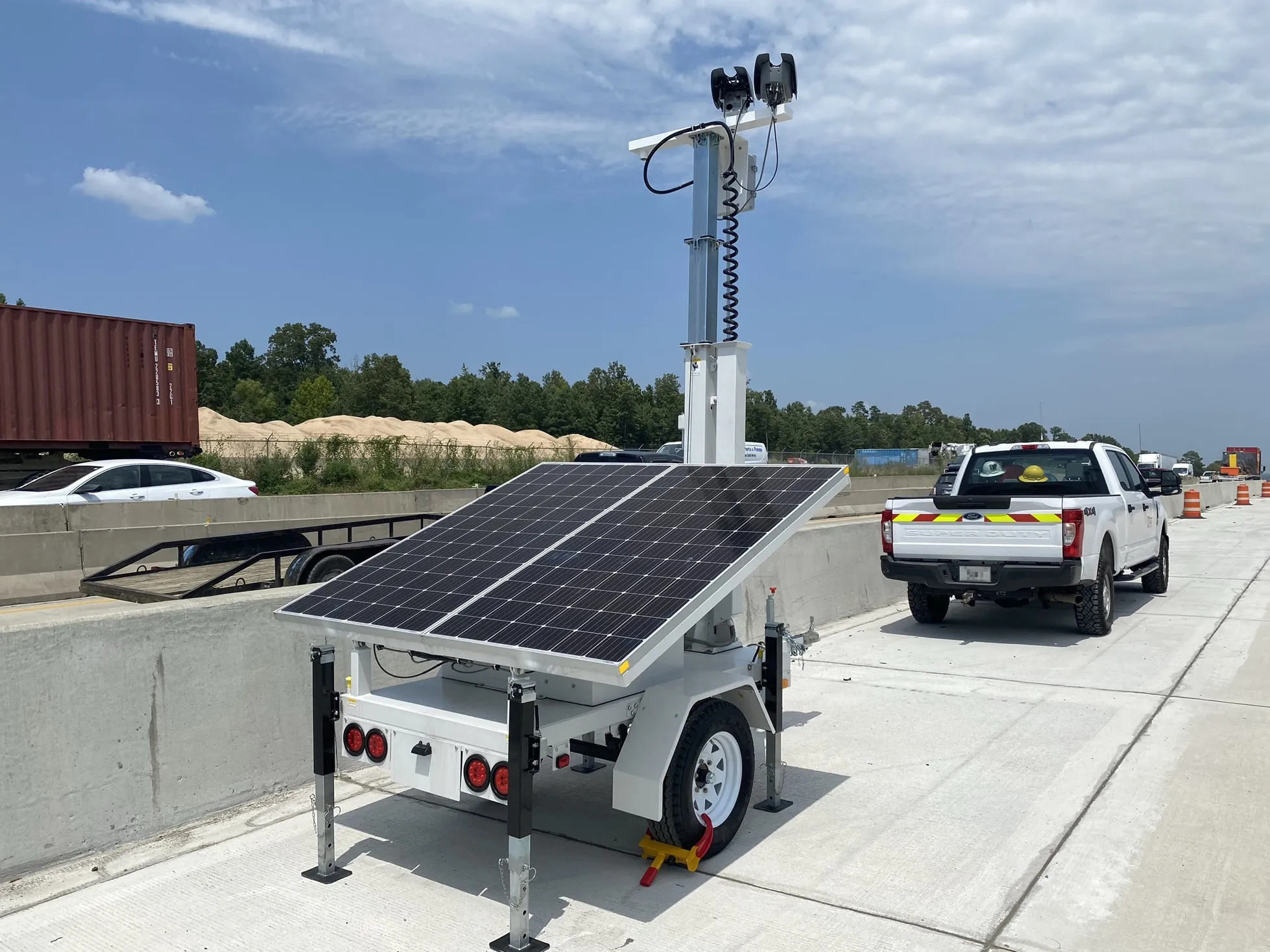
DriveOhio's Rural Automated Driving Systems (ADS) project is starting two deployments on the US state's country roads.
The project focuses on 32 counties in Ohio’s rural Appalachian region, and is "the most comprehensive testing effort yet to be conducted on rural roads in the US", DriveOhio - part of Ohio Department of Transportation - says.
The first year-long deployment includes three passenger vehicles - with safety drivers - equipped with AutonomouStuff technology travelling on divided highways and rural two-lane roads in Athens and Vinton counties.
They will be tested in different operational and environmental conditions, including in periods of limited visibility and in workzones.
When the automated driving system is engaged, the technology will control steering, acceleration and braking.
The second deployment will feature a pair of 53-foot platoon-equipped tractor-trailers connected by technology that enables them to travel closely together at highway speeds. When the trucks are connected, the lead vehicle controls the speed, and Drive Ohio says the following vehicle will have "precisely matched braking and acceleration to respond to the lead vehicle's movement".
"Automated driving systems are expected to transform roadway safety in the future, and the data collected with this project will be used to refine the technology to maximise its potential," said DriveOhio executive director Preeti Choudhary.
"This critical work will provide valuable information to help advance the safe integration of automated vehicle technologies in Ohio and across the nation."
The vehicles have already been tested at the Transportation Research Center's (TRC) 4,500-acre proving grounds in East Liberty, Ohio, on closed roadways.
Funded in part by a $7.5m grant from the US Department of Transportation, the project aims to demonstrate how connected and automated semi-trucks and passenger vehicles could improve safety for drivers, passengers and other travellers in rural settings.
“This project holds great promise for the future of transportation and the economic wellbeing of rural communities, while strengthening Ohio’s historic reputation as a world leader in transportation safety and innovation,” said Brett Roubinek, president and CEO of TRC.
"Many vehicles on the road today already have some degree of automated driving system technologies like adaptive cruise control, lane keep assist, or emergency braking. Those systems are meant to enhance safety, but they certainly don't replace the human driver," said Choudhary.









